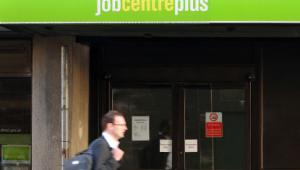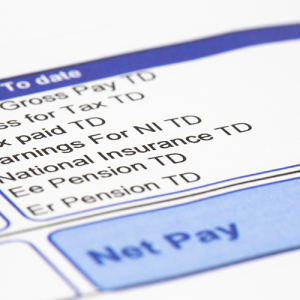By Vivienne Russell | 31 January 2014
Whitehall departments are failing to take forecasting seriously enough and the process is hampered by poor quality data and unrealistic assumptions, according to the National Audit Office.

In a scathing report, the watchdog said these weaknesses contributed to budget overruns, programme delays and heaped unnecessary costs onto taxpayers.
‘Departments generally treat forecasting of future spending as little more than a technical activity, of limited relevance to financial management,’ said NAO head Amyas Morse.
‘In fact, high-quality forecasting is an indispensable element of project planning and implementation.’
The NAO noted that more than 70 of the reports it has issued since 2010 have highlighted forecasting weaknesses. It cited the Department for Education as having failed to understand the scale of demand for its academies programme and consequently not developing adequate cost estimates. In another example, the number of new homes that would be delivered by the New Homes Bonus was overestimated by 32,000 because of an arithmetical error.
Poor quality data is one of the chief underlying causes of weak forecasting, but the NAO also acknowledged that ‘optimism bias’ was a factor, with departments under pressure to put forward supportive rather than realistic forecasts.
Efforts to improve forecasting across Whitehall risked being overwhelmed by the requirements not to breach end-of-year spending totals, the report added. The large and rapid shifts of funding to meet year-end targets can mask bad forecasting and crowd out opportunities for departments to focus on improving forecasting, the NAO said.
The watchdog is urging the Treasury and Parliament to work with it to develop ways to better support improved forecasting.
‘A first step towards improving the quality of forecasting would be increased transparency and scrutiny of forecasting and more concerted action at the centre of government,’ said Morse.




















